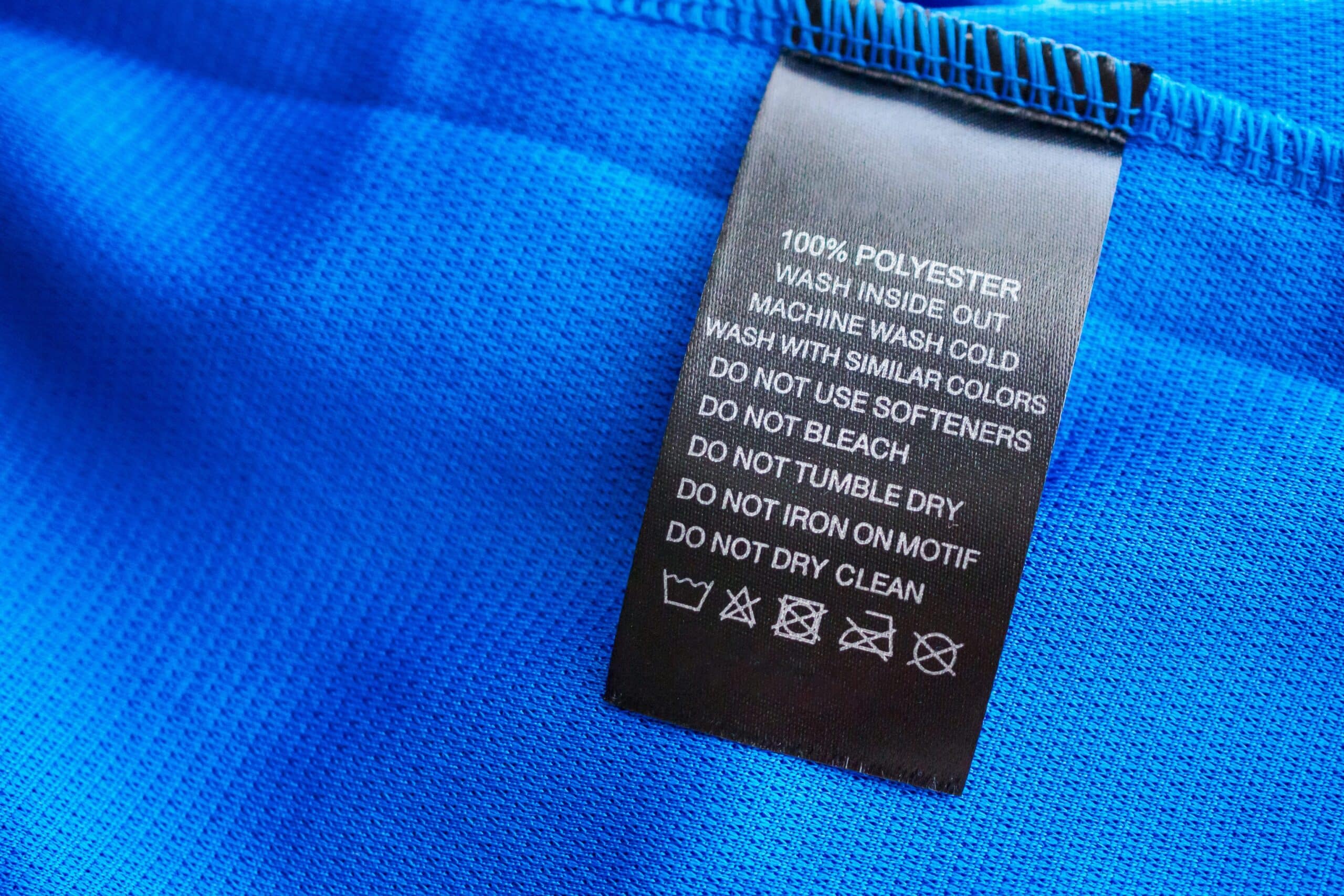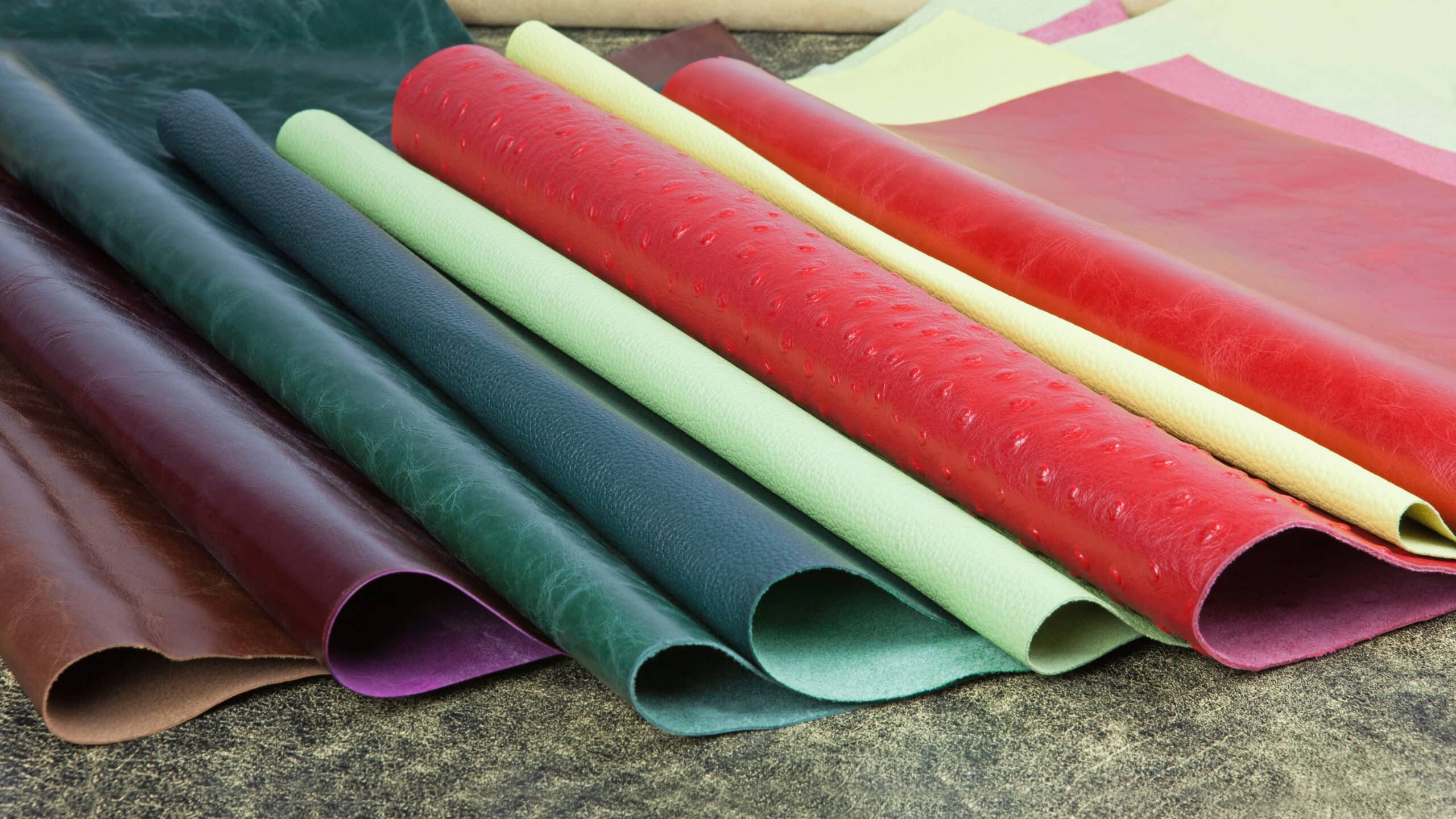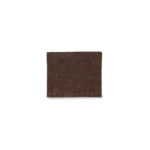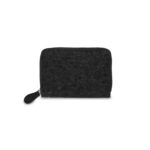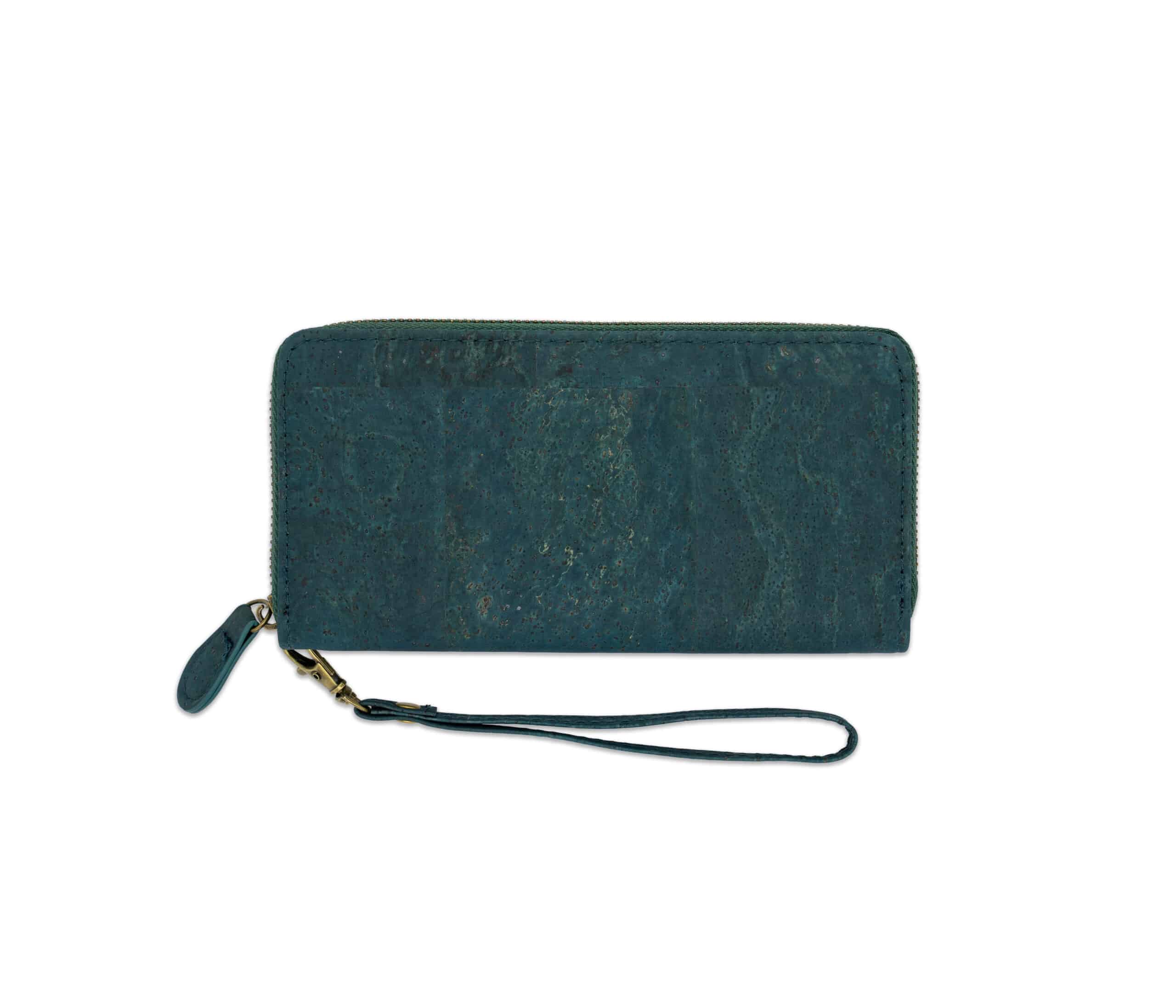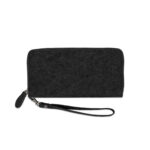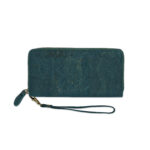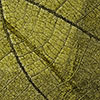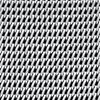Is cotton better than synthetic fiber?
Often you hear that synthetic man-made fibers are much worse than cotton. But in which areas are they worse? Conventional cotton farming is very harmful to the environment for other reasons. And therefore probably not necessarily better than synthetic man-made fiber.
Extreme water consumption
The amount of water required to produce a T-shirt or a pair of jeans is immense. At least 2,000 liters of water are needed for one T-shirt. And this is true only with drip irrigation. Flood irrigation requires up to 20,000 liters of water. This high amount of water is particularly problematic in countries like China and India, where there is already a water shortage.
Insecticides
In addition to the enormous water consumption, comes the use of pesticides. The cotton plant, especially when grown in monocultures, is very susceptible to pests. Although there are genetically modified cotton plants that can repel pests themselves, this is only of temporary success. On plantations in India, these animals have developed resistance. As a result, even stronger insecticides have to be sprayed than before.
The alternative: organic cotton
Organic cotton requires more land than conventional cotton farming, but it also has lower water consumption and does not require pesticides. In comparison, no herbicides are sprayed in the cultivation of organic cotton – the weeds are either mechanically or hand hoed.
Most organic cotton fields generally do not require supplemental irrigation. The monsoon rains are sufficient in most cases. How much will be saved is unclear. There is still a lack of scientifically sound data for this. What is clear, however, is that water is being saved.
Questioning one’s own purchasing behavior
Consumers often assume that companies are responsible for building sustainable materials and transparent production and supply chains. This is indeed correct, but consumers can also play a major role in conserving resources and protecting the environment. This begins with the purchase decision. In the end, we should ask ourselves whether so many new fashion collections a year are really necessary? Whether you really need the new garment and how much remains unworn in the closet? The choice of products should also be made more consciously. There are enough companies that use sustainable materials and offer fair products at moderate prices.











